Commodore disk drive emulation with PETdisk - A modern-day storage and file transfer solution for the Commodore PET
Introduction
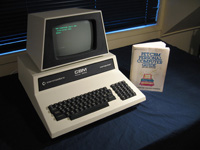 Commodore PETs are classic machines. Not only was the original PET 2001-8 one of the 1977 "trinity" of ready-to-run personal micros (along with the Apple II and TRS-80 Model 1), but the whole model range just looks cool!
Commodore PETs are classic machines. Not only was the original PET 2001-8 one of the 1977 "trinity" of ready-to-run personal micros (along with the Apple II and TRS-80 Model 1), but the whole model range just looks cool!
Looking cool is one thing, but having a library of programs to show off at a moment's notice is another. Cassette loading with a Commodore cassette deck is possible but slow. Commodore also produced disk drives for the PETs but just try getting hold of a working one! Furthermore, there is the issue of obtaining the programs. While these exist on the Internet, the journey from there to the innards of a PET is not always a straightforward one.
Enter the PETdisk. This nifty little device was designed and developed by techno-whiz Mike Hill, who also goes by the Vintage Computer Forum name of gubbish. Actually you could say it was a vintage computer community project lead by Mike, but assisted by Commodore PET enthusiasts. Putting ideas into practice Mike designed (and assembled) PETdisks available for those interested at a very reasonable price.
I was one of those eager recipients.
The PETdisk
The PETdisk package consists of two parts. The main board (left) plugs into the PET's IEEE interface. At the heart of this device is an ATmega168, a RISC-based microcontroller combining 16KB of flash memory. This chip partly-emulates a PET Commodore disk drive and its DOS. A smaller board (right) plugs into the cassette interface and provides standard audio in and out ports and also a 5 Volt output socket. This 5V power source can be connected to the main IEEE board with a standard USB cable thereby doing away with the need for a separate power source. The computer itself provides it. Ingenious!
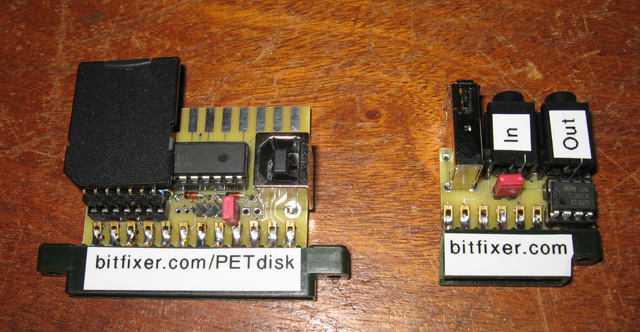
Figure 1. The PetDisk package. IEEE and cassette cards
PET programs are held on a FAT32 formatted Micro-SD card, the type you find in smartphones (Figure 2). Using a card reader on a PC, it's a piece of cake to transfer PET files from the Internet to the Micro-SD card and hence to the PET. You can have a whole library of programs sitting on one card dedicated to the purpose. How cool is that!

Figure 2. Showing the Micro-SD card (partly extracted) in the PETdisk
Figure 3 shows the cards in place at the back of the PET, wired together with the USB cable used to carry 5 volts from the cassette interface to the PETdisk. Being at the rear, the cards are conveniently out of sight.
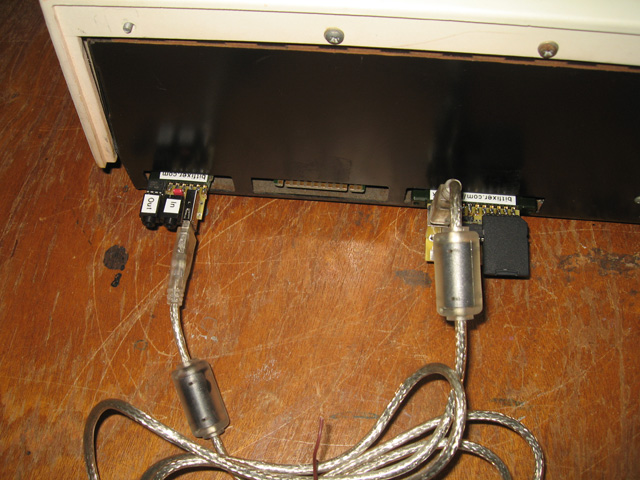
Figure 3. PETdisk wired up behind the CBM 3032
My impressions?
Fantastic! The device is wonderfully simple to setup. Just format the Micro-SD card, copy programs to it, insert the card in the PETdisk board, plug it and the cassette board into the PET, cable them together then switch on! It works like a charm. If you have programs on the micro-SD card, these are available instantly by simply issuing a few standard Commodore DOS commands. Figure 4 shows the end result of a LOAD "$",8 then LIST. A directory of 52 programs all set to go!
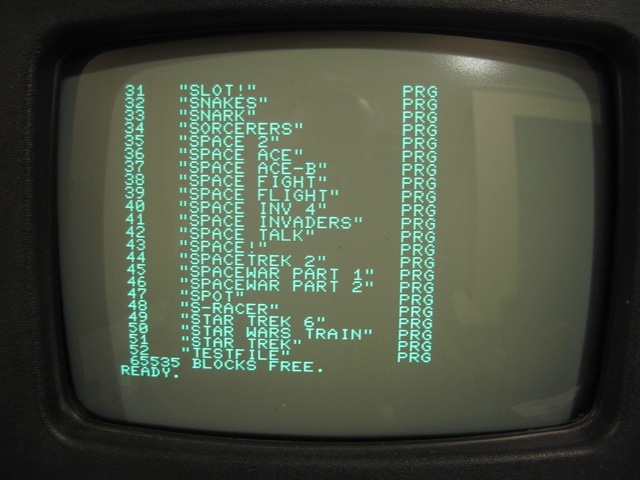
Figure 4. PETdisk directory
The audio board works well too, allowing PC soundcard I/O or standard cassette players to deliver or record software held in sound format.
Presently the PETdisk is very new and Mike is still developing the firmware. At the time of writing it only partly emulates the disk drive and DOS but does enough to list, load, run and save programs. However the device is future proofed. Updating the PETdisk firmware is a breeze. Updates can be downloaded from the Internet and placed on the Micro-SD card. On startup the firmware on the chip looks for updated firmware on the card and if present, updates itself! So simple!
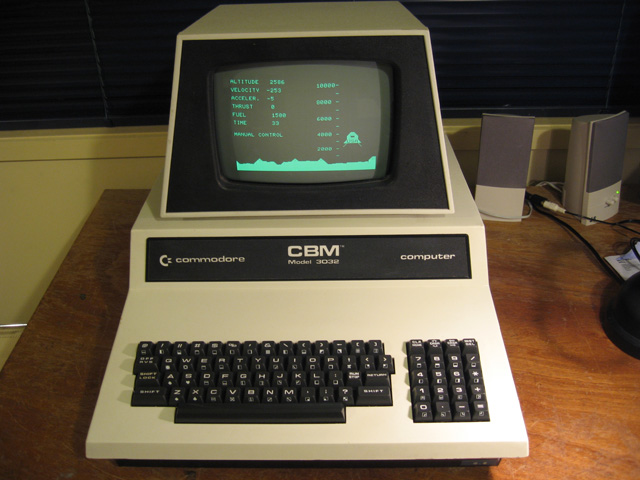
Figure 5. Enjoying Lunar Lander on the Commodore PET
Final words
If you want to know more about the PETdisk you can check out Mike's PETdisk support page or follow the ongoing discussions on development on the VCF. It's great to see devices like this coming out of the vintage computer community. They give our classic models a new lease of life and grow the hobby.
Kudos to those that develop (and help to develop) such things!
Tez
17th October, 2011
| Tweet |